Applying Social Learning to Climate Communications—Visualising ‘People Like Me’ in Air Pollution and Climate Change Data
Abstract
1. Introduction
1.1. Moving Away from ‘Where’ and ‘What’ to ‘Who’ and ‘Why’
1.1.1. Social Identity Theory
- (a)
- Social categorisation—we categorise people (including ourselves) to understand the social environment. We define appropriate behaviour by reference to the norms of the groups to which we belong. For instance, car drivers may categorise themselves as different from cyclists, or parents with pushchairs may feel different from young commuter pedestrians.
- (b)
- Social identification—in this stage, we adopt the identity and norms of the group we have categorised ourselves as to which we belong. For instance, male cyclists commuting to work may start to wear lycra or use performance monitoring gadgets.
- (c)
- Social comparison—once we have categorized and identified ourselves as part of a group, we then tend to compare that group with other groups. For instance, car drivers may mock cyclists in the rain or compare their speed and comfort in a car to that of travelling by bike.
- (d)
- Social identity theory indicates that these ‘social badges’ play out whether we are in front of others or by ourselves. They are used to identify and connect with people or societies we deem to be like ourselves (in-groups—people like me), and also to stereotype and disparage people or cultures which we deem to be different from us (out-groups). This need to relate to others generates unconscious biases resulting in judgement towards the non-dominant ‘out-groups’ in society.
1.1.2. Social Cognitive Theory
- (a)
- Vicarious experiences (i.e., comparisons of capability to others, modelling and observing)—a woman deciding whether to cycle will be influenced by whether other women cycle; if this is considered a ’normal’ thing for women to do, then other women will likely join in. In contrast, if women are observed to receive negative feedback from male cyclists or aggressive drivers, then it will put other women off cycling.
- (b)
- Mastery or performance accomplishments (i.e., experiences of relevant success)—a beginner female cyclist will be more likely to continue cycling if they have a positive experience cycling on main roads; they will then have a memory to recall about their ability to cycle alongside cars.
- (c)
- Verbal persuasions (positive feedback from peers and supervisors, coaching)—to continue cycling, the female cyclist would need to receive direct positive feedback on this activity. In contrast, negative feedback would reduce self-efficacy and put the woman off cycling.
- (d)
- Emotional arousal—both vicarious (indirect) and mastery (direct) experiences can influence our emotional states. To improve self-efficacy for an activity, we need to experience positive emotional responses. Therefore, the woman would need to feel that she is capable and confident at cycling and that other people approve or admire her behaviour.
1.1.3. Overton Window of Political Possibility
1.2. Seeing People in the Data
2. Materials and Methods
- (1)
- How can we better represent citizens in emissions data so that modelling indicates recognisable daily practices?
- (2)
- How can citizen preferences for future policies be modelled to show potential changes in emissions?
- (3)
- How can we apply social learning to communicating these models to citizens?
2.1. Emissions Source Apportionment by Demographics and Motive
- (a)
- Establish a noded network of the city. OpenStreetMap (OSM) (https://www.openstreetmap.org/ accessed on 4 March 2021) holds all details necessary for traffic assignment including road type (residential, regional, highway) number of lanes, directions, speed limits, etc. A MATLAB script converted the OSM map to a simple network.
- (b)
- Generate transport demand from land-use information to an origin-destination table. A generalised approach focussed on peak travel demand that allows different data sources for land-use. OSM in itself is a potential source, but full land-use information was determined by UrbanAtlas (https://www.eea.europa.eu/data-and-maps/data/copernicus-land-monitoring-service-urban-atlas accessed on 4 March 2021).
- (c)
- Assign demand on the network to generate traffic at link level. Generic assumptions were made for trip distance and flexible assumptions on preferences for different types of road (insofar as they are available), and these were assigned to the map by linking to Travel Survey data from TravelWest in 2015 [47] and the U.K. National Travel Survey in 2018 [48].
- (d)
- Calibrate the traffic demand with a limited amount of counting points. The traffic generation from surveys is highly uncertain and needs to be scaled in such a way that the resulting traffic demand at link level corresponds to measurements. These data were calibrated with counting information from Bristol City Council.
- (e)
- Multiply the traffic demand with common emission factors. The emission factors are derived from the publicly available COPERT V [49] methodology, taking into account the fleet composition (age, fuel type, Euro standards, etc.) at country level.
- The individual scale:
- ○
- Income group (3 groups);
- ○
- Age group (5 groups);
- ○
- Gender (male/female);
- ○
- Car ownership (0, 1, more).
- The trip scale:
- ○
- Transport mode (bicycle, bus, car, motor, taxi, train, walk);
- ○
- Trip motive (business, commute, education, leisure, other escort, personal business, shopping, other);
- ○
- Time of day (morning, midday, evening, night) as well as day type (weekday, weekend).
2.2. Citizen Engagement to Model Future Policy Outcomes
2.2.1. Citizen Engagement for Policy Preferences
2.2.2. Ratification of Emissions Scenarios
2.3. Communicating Behaviour to Salient Social Groupings
3. Results
3.1. Participants
3.2. Citizen-Centred Source Apportionment of Baseline NOx Emissions
3.2.1. Kilometres Travelled
3.2.2. The role of Gender and Age
3.2.3. The Influence of Socio-Economic Factors (Income and Car Ownership)
3.3. Future Behaviour Change
4. Discussion
4.1. Policymaking in Bristol
4.2. Communications for Social Cognition—Seeing ‘People Like Me’
5. Conclusions
Author Contributions
Funding
Institutional Review Board Statement
Informed Consent Statement
Data Availability Statement
Acknowledgments
Conflicts of Interest
References
- European Environment Agency. Air Quality in Europe; European Environment Agency: Luxembourg, 2017. [Google Scholar]
- World Health Organisation. Review of Evidence on Health Aspects of Air Pollution; World Health Organisation: Copenhagen, Denmark, 2013. [Google Scholar]
- Barnes, J.; Chatterton, T. An Environmental Justice Analysis Of Exposure To Traffic-related Pollutants In England And Wales. WIT Trans. Ecol. Environ. 2017, 210, 431–442. [Google Scholar]
- Barnes, J.; Chatterton, T.; Longhurst, J.W.S. Emissions vs. exposure: Increasing injustice from road traffic-related air pollution in the United Kingdom. Transp. Res. Part D Transp. Environ. 2019, 73, 56–66. [Google Scholar] [CrossRef]
- Longhurst, J.W.S.; Irwin, J.G.; Chatterton, T.; Hayes, E.; Leksmono, N.; Symons, J.K. The development of effects-based air quality management regimes. Atmos. Environ. 2009, 43, 64–78. [Google Scholar] [CrossRef]
- Brunt, H.; Barnes, J.; Longhurst, J.W.S.; Scally, G.; Hayes, E. Local Air Quality Management policy and practice in the UK: The case for greater Public Health integration and engagement. Environ. Sci. Policy 2016, 58, 52–60. [Google Scholar] [CrossRef]
- Lutzenhiser, L. Social and behavioral aspects of energy use. Annu. Rev. Energy 1993, 18, 247–289. [Google Scholar] [CrossRef]
- Tiwary, A.; Chatterton, T.; Namdeo, A. Co-managing carbon and air quality: Pros and cons of local sustainability initiatives. J. Environ. Plan. Manag. 2014, 57, 1266–1283. [Google Scholar] [CrossRef]
- Chatterton, T. Air pollution: Putting people at the heart of the issues. Environ. Sci. 2017, 26, 2. [Google Scholar]
- Longhurst, J.W.S.; Lindley, S.J.; Watson, A.F.R.; Conlan, D.E. The introduction of local air quality management in the United Kingdom: A review and theoretical framework. Atmos. Environ. 1996, 30, 3975–3985. [Google Scholar] [CrossRef]
- Beattie, C.I.; Longhurst, J.W.S.; Woodfield, N.K. Air quality management: Evolution of policy and practice in the UK as exemplified by the experience of English local government. Atmos. Environ. 2001, 35, 1479–1490. [Google Scholar] [CrossRef]
- Longhurst, J.W.S.; Beattie, C.I.; Chatterton, T.; Hayes, E.; Leksmono, N.S.; Woodfield, N.K. Local air quality management as a risk management process: Assessing, managing and remediating the risk of exceeding an air quality objective in Great Britain. Environ. Int. 2006, 32, 934–947. [Google Scholar] [CrossRef]
- Fogg-Rogers, L.; Boushel, C.; Chatterton, T.; Hayes, E. Society vs the Individual. In Proceedings of the Conference on Communication and the Environment, Leicester, UK, 1 July 2017. [Google Scholar]
- Chatterton, T.; Barnes, J. A social and spatial analysis of emissions from private vehicle use in Great Britain. WIT Trans. Ecol. Environ. 2016, 207, 99–110. [Google Scholar]
- Barnes, J.; Hayes, E.; Chatterton, T.; Longhurst, J.W.S. Air quality action planning: Why do barriers to remediation in local air quality management remain? J. Environ. Plan. Manag. 2014, 57, 660–681. [Google Scholar] [CrossRef]
- Hart, J.; Parkhurst, G. Driven to excess: Impacts of motor vehicles on the quality of life in Bristol UK. World Transp. Policy Pract. 2011, 17, 12–30. [Google Scholar]
- Williams, D.G.; Spotswood, F.; Parkhurst, G.; Chatterton, T. Practice ecology of sustainable travel: The importance of institutional policy-making processes beyond the traveller. Transp. Res. Part F Traffic Psychol. Behav. 2019, 62, 740–756. [Google Scholar] [CrossRef]
- Marmot, M.; Friel, S.; Bell, R.; Houweling, T.A.J.; Taylor, S. Closing the gap in a generation: Health equity through action on the social determinants of health. Lancet 2008, 372, 1661–1669. [Google Scholar] [CrossRef]
- Chatterton, T.; Coulter, A.; Musselwhite, C.; Lyons, G.; Clegg, S. Understanding how transport choices are affected by the environment and health: Views expressed in a study on the use of carbon calculators. Public Health 2009, 123, e45–e49. [Google Scholar] [CrossRef] [PubMed]
- Chatterton, T. What should be the focus of ’behaviour change’: Individuals or society? Soc. Bus. 2017, 7, 229–240. [Google Scholar] [CrossRef]
- Chatterton, T.; Wilson, C. The ‘Four Dimensions of Behaviour’ framework: A tool for characterising behaviours to help design better interventions. Transp. Plan. Technol. 2014, 37, 38–61. [Google Scholar] [CrossRef]
- Shove, E.; Pantzar, M.; Watson, M. The Dynamics of Social Practice. In The Dynamics of Social Practice: Everyday Life and How It Changes; SAGE Publications: London, UK, 2014. [Google Scholar]
- Shove, E.; Walker, G. What Is Energy For? Social Practice and Energy Demand. Theory Cult. Soc. 2014, 31, 41–58. [Google Scholar] [CrossRef]
- Schatzki, T.R.; Cetina, K.K.; Von Savigny, E. The Practice Turn in Contemporary Theory; Routledge: London, UK, 2005. [Google Scholar]
- Geels, F.W. The multi-level perspective on sustainability transitions: Responses to seven criticisms. Environ. Innov. Soc. Transit. 2011, 1, 24–40. [Google Scholar] [CrossRef]
- Geels, F.W. The dynamics of transitions in socio-technical systems: A multi-level analysis of the transition pathway from horse-drawn carriages to automobiles (1860–1930). Technol. Anal. Strateg. Manag. 2005, 17, 445–476. [Google Scholar] [CrossRef]
- Van der Linden, S. The social-psychological determinants of climate change risk perceptions: Towards a comprehensive model. J. Environ. Psychol. 2015, 41, 112–124. [Google Scholar] [CrossRef]
- Spence, A.; Poortinga, W.; Pidgeon, N. The Psychological Distance of Climate Change. Risk Anal. 2011, 32, 957–972. [Google Scholar] [CrossRef]
- Swim, J.K.; Stern, P.C.; Doherty, T.J.; Clayton, S.; Reser, J.P.; Weber, E.U.; Gifford, R.; Howard, G.S. Psychology’s contributions to understanding and addressing global climate change. Am. Psychol. 2011, 66, 241–250. [Google Scholar] [CrossRef] [PubMed]
- Van Lange, P.A.M.; Joireman, J.; Milinski, M. Climate Change: What Psychology Can Offer in Terms of Insights and Solutions. Curr. Dir. Psychol. Sci. 2018, 27, 269–274. [Google Scholar] [CrossRef]
- Fielding, K.S.; Hornsey, M.J.; Swim, J.K. Developing a social psychology of climate change. Eur. J. Soc. Psychol. 2014, 44, 413–420. [Google Scholar] [CrossRef]
- Tajfel, H. Social identity and intergroup behaviour. Soc. Sci. Inf. 1974, 13, 65–93. [Google Scholar] [CrossRef]
- Bandura, A. Social Learning Theory; Prentice Hall: Englewood Cliffs, NJ, USA, 1976. [Google Scholar]
- Mackinac Center for Public Policy. Overton Window. 2019. Available online: https://www.mackinac.org/OvertonWindow (accessed on 12 November 2019).
- Tajfel, H.; Turner, J.C. An integrative theory of intergroup conflict. In The Social Psychology of Intergroup Relations; Austin, W.G., Worchel, S., Eds.; Brooks/Cole: Monterey, CA, USA, 1979; pp. 33–47. [Google Scholar]
- Nisbet, M.C. Communicating Climate Change: Why Frames Matter for Public Engagement. Environ. Sci. Policy Sustain. Dev. 2009, 51, 12–23. [Google Scholar] [CrossRef]
- Hulme, M. Why We Disagree About Climate Change, Understanding Controversy, Inaction and Opportunity; Cambridge University Press: Cambridge, UK, 2009; pp. 41–43. [Google Scholar]
- Fielding, K.S.; Hornsey, M.J. A social identity analysis of climate change and environmental attitudes and behaviors: Insights and opportunities. Front. Psychol. 2016. [CrossRef]
- Wang, S.; Corner, A.; Nicholls, J. Britain Talks Climate: A Toolkit for Engaging the British Public on Climate Change; Climate Outreach: Oxford, UK, 2020. [Google Scholar]
- Cialdini, R.B.; Reno, R.R.; Kallgren, C.A. A Focus Theory of Normative Conduct: Recycling the Concept of Norms to Reduce Littering in Public Places. J. Pers. Soc. Psychol. 1990, 58, 1015. [Google Scholar] [CrossRef]
- Bandura, A. Health Promotion by Social Cognitive Means. Health Educ. Behav. 2004, 31, 143–164. [Google Scholar] [CrossRef] [PubMed]
- Fogg-Rogers, L.; Sardo, M.; Boushel, C. Robots vs. Animals: Establishing a culture of public engagement and female role modelling in a multi-disciplinary engineering laboratory. Sci. Commun. 2017, 39, 195–220. [Google Scholar] [CrossRef]
- Bandura, A. Self-efficacy: Toward a unifying theory of behavioral change. Psychol. Rev. 1977, 84, 191–215. [Google Scholar] [CrossRef]
- Bandura, A. Self-efficacy: The exercise of control. In Self-Efficacy: The Exercise of Control; W H Freeman/Times Books/Henry Holt & Co.: New York, NY, USA, 1997; pp. 9–604. [Google Scholar]
- Lindenberg, S.; Paluck, E.L. Norm Perception as a Vehicle for Social Change. Soc. Issues Policy Rev. 2016, 10, 181–211. [Google Scholar]
- Sardo, M.; Laggan, S.; Boushel, C.; Fogg-Rogers, L. Citizen-Led Air Pollution Reduction in Cities (ClairCity) Final Evaluation Report; ClairCity: Bristol, UK, 2020; Available online: https://uwe-repository.worktribe.com/output/6017473/ (accessed on 26 January 2021).
- TravelWest. Travel to Work Survey; TravelWest: Bristol, UK, 2015. [Google Scholar]
- Evans, A.; Kelly, A.; Slocombe, M. National Travel Survey; Department for Transport: London, UK, 2019.
- European Environment Agency. COPERT V—the Industry Standard Emissions Calculator. 2021. Available online: https://www.emisia.com/utilities/copert/ (accessed on 10 March 2021).
- Martin, G.P. ‘Ordinary people only’: Knowledge, representativeness, and the publics of public participation in healthcare. Sociol. Health Illn. 2008, 30, 35–54. [Google Scholar] [CrossRef]
- Carpini, M.X.D.; Cook, F.L.; Jacobs, L.R. Public deliberation, discursive participation, and citizen engagement: A Review of the Empirical Literature. Annu. Rev. Political Sci. 2004, 7, 315–344. [Google Scholar] [CrossRef]
- Yang, K.; Callahan, K. Citizen Involvement Efforts and Bureaucratic Responsiveness: Participatory Values, Stakeholder Pressures, and Administrative Practicality. Public Adm. Rev. 2007, 67, 249–264. [Google Scholar] [CrossRef]
- Martin, G.P. Representativeness, legitimacy and power in public involvement in health-service management. Soc. Sci. Med. 2008, 67, 1757–1765. [Google Scholar] [CrossRef]
- ClairCity. ClairCity Policy Package First City Bristol; ClairCity: Bristol, UK, 2019. [Google Scholar]
- Barnes, J.; Boushel, C. D4.4 Pilot Cities DELPHI Evaluation Report; ClairCity: Bristol, UK, 2018. [Google Scholar]
- King, A.; Callum, A.; Hayes, E. D4.8 Fully functional Game—First City; ClairCity: Bristol, UK, 2018. [Google Scholar]
- Barnes, J. D4.5 Stakeholder dialogue workshops—First City; ClairCity: Bristol, UK, 2018. [Google Scholar]
- Slingerland, S.; Artola, I. D6.5 Policy Workshop—First City; ClairCity: Bristol, UK, 2018. [Google Scholar]
- BACC. Bristol Advisory Committee on Climate Change. 2021. Available online: https://thebaccc.org/ (accessed on 27 January 2021).
- Boyd, C. How Using Your Car for Shopping Trips and Visiting Friends and Family Creates MORE Air Pollution than Commuting. Daily Mail. Available online: https://www.dailymail.co.uk/health/article-7813033/Using-car-shopping-trips-leisure-activities-creates-air-pollution-commuting.html (accessed on 20 December 2019).
- Bandura, A. Social cognitive theory of mass communication. Media Psychol. 2001, 3, 265–299. [Google Scholar] [CrossRef]
- Moreno, C.; Allam, Z.; Chabaud, D.; Gall, C.; Pratlong, F. Introducing the “15-Minute City”: Sustainability, Resilience and Place Identity in Future Post-Pandemic Cities. Smart Cities 2021, 4, 93–111. [Google Scholar] [CrossRef]
- Martin, M.; Islar, M. The ‘end of the world’ vs. the ‘end of the month’: Understanding social resistance to sustainability transition agendas, a lesson from the Yellow Vests in France. Sustain. Sci. 2020, 16, 601–614. [Google Scholar] [CrossRef]
- Flynn, C.; Yamasumi, E.; Fisher, S.; Snow, D.; Grant, Z.; Kirby, M.; Browning, P.; Rommerskirchen, M.; Russel., I. People’s Climate Vote; United Nations Development Programme and University of Oxford: Oxford, UK, 2021. [Google Scholar]
- Barnes, J.; De Vito, L.; Hayes, E.; Guàrdia, N.B.; Esteve, J.F.; Van Kamp, I. Qualitative assessment of links between exposure to noise and air pollution and socioeconomic status. WIT Trans. Ecol. Environ. 2018, 230, 15–25. [Google Scholar]
- Zeldin, A.L.; Britner, S.L.; Pajares, F. A comparative study of the self-efficacy beliefs of successful men and women in mathematics, science, and technology careers. J. Res. Sci. Teach. 2007, 45, 1036–1058. [Google Scholar] [CrossRef]
- Mesa Community College. The Art of Rhetoric. 2021. Available online: http://www.mesacc.edu/~bruwn09481/Syllabi/documents/htm/ArtRetoric/index.htm (accessed on 3 March 2021).
- Taylor, B. Alt-right ecology Ecofascism and far-right environmentalism in the United States. In The Far Right and the Environment: Politics, Discourse and Communication; Forchtner, B., Ed.; Routledge: London, UK, 2019. [Google Scholar]
- Wilson, J. Eco-Fascism is Undergoing a Revival in the Fetid Culture of the Extreme Right. The Guardian. 2019. Available online: https://www.theguardian.com/world/commentisfree/2019/mar/20/eco-fascism-is-undergoing-a-revival-in-the-fetid-culture-of-the-extreme-right (accessed on 4 March 2021).
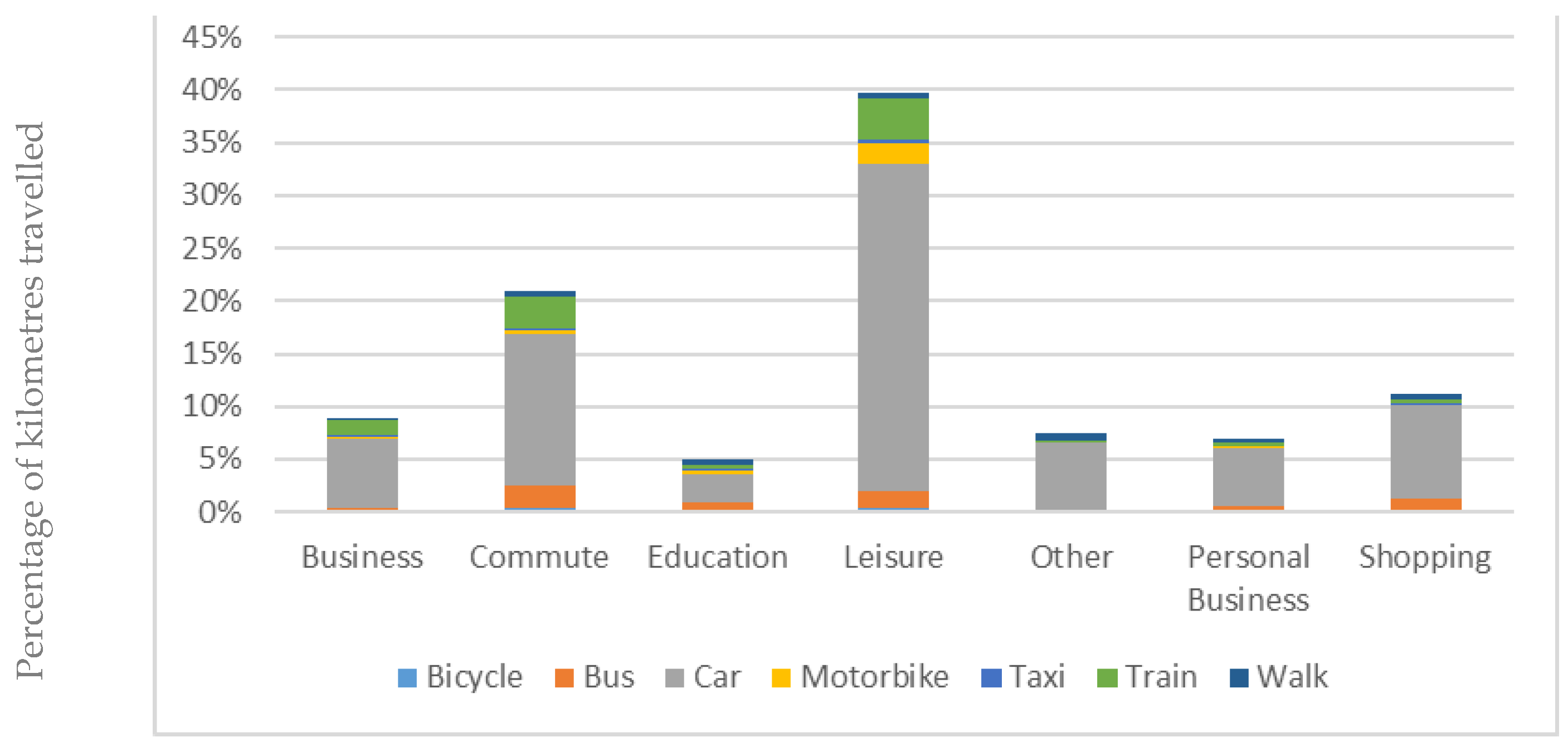
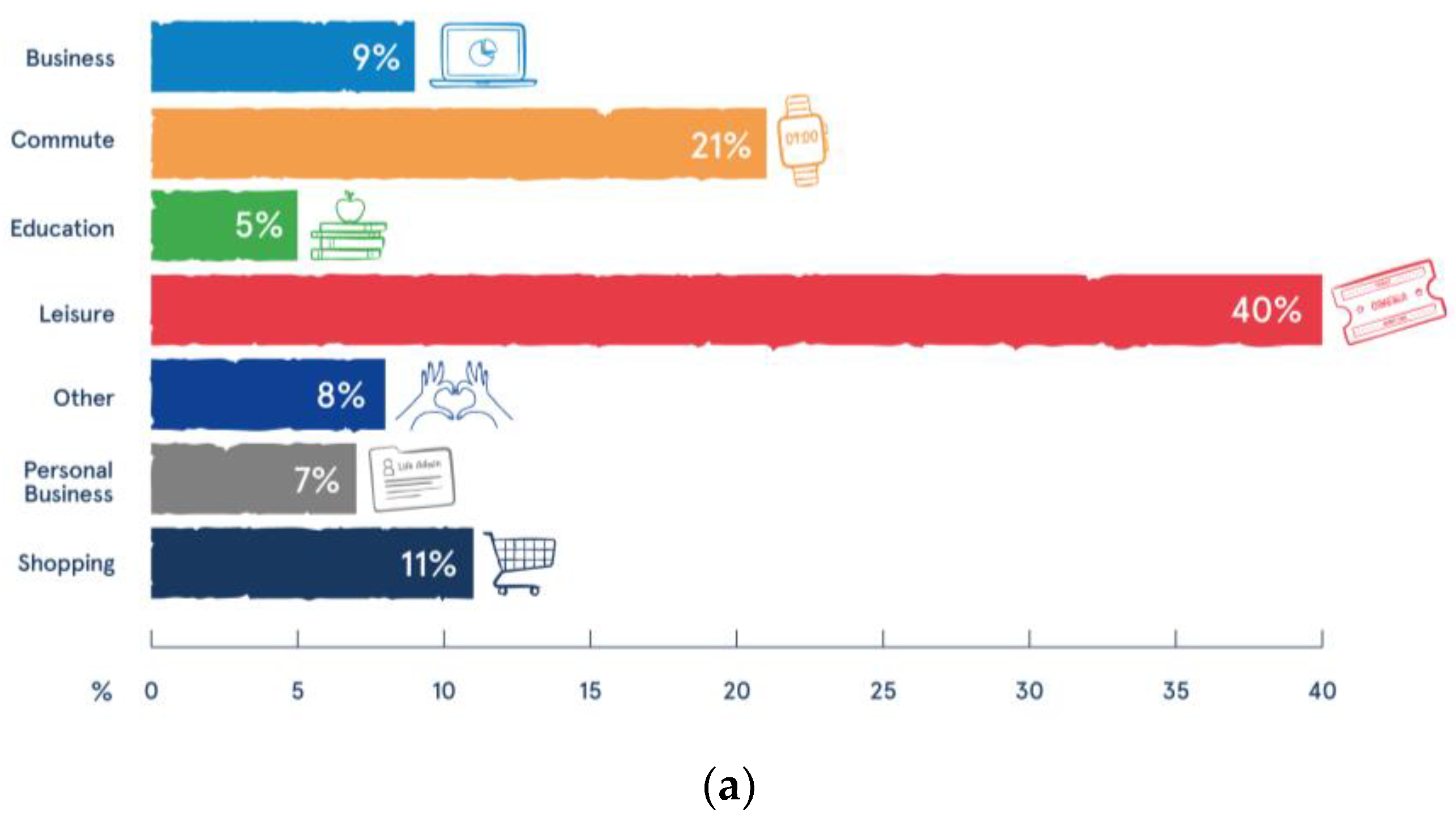
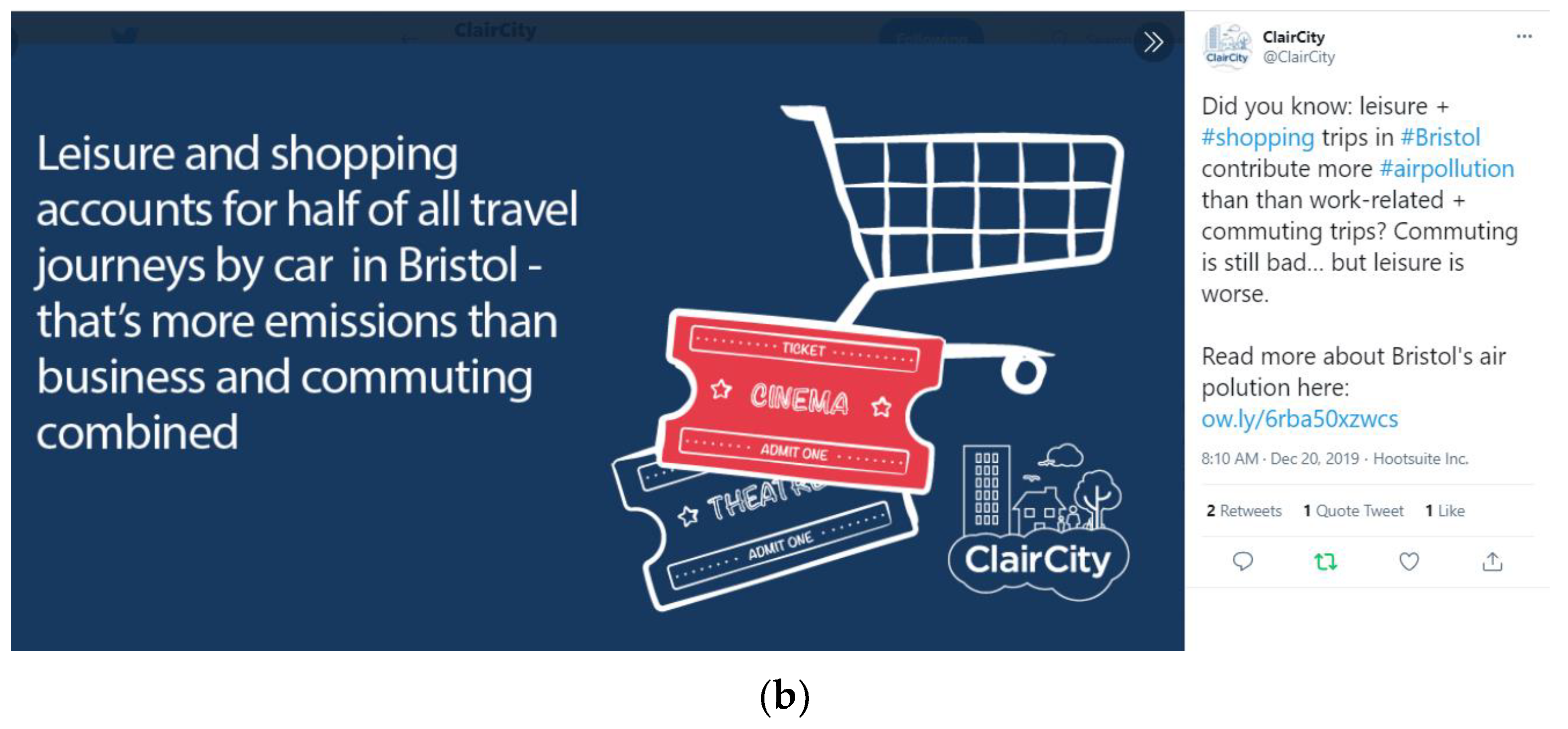

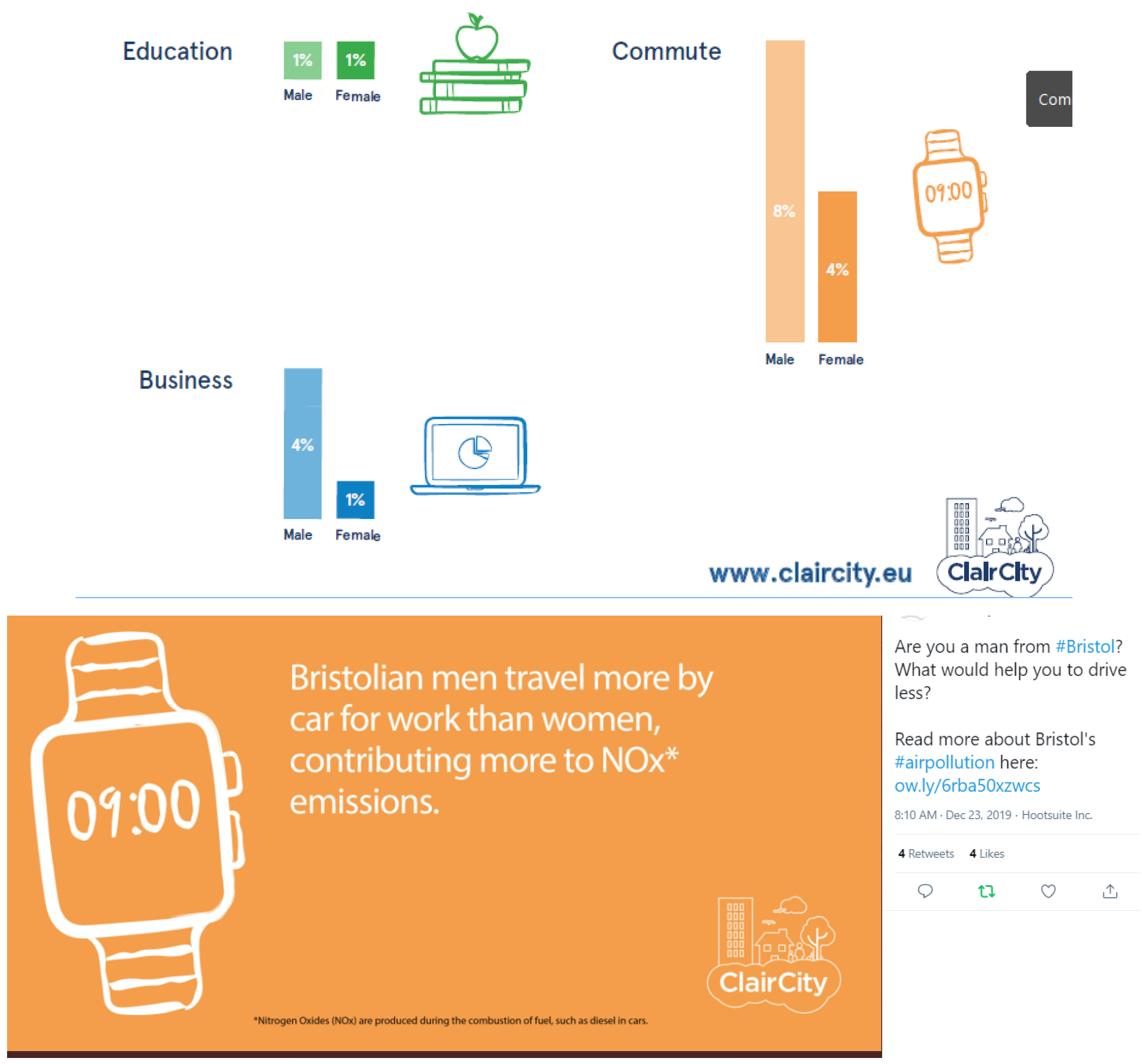
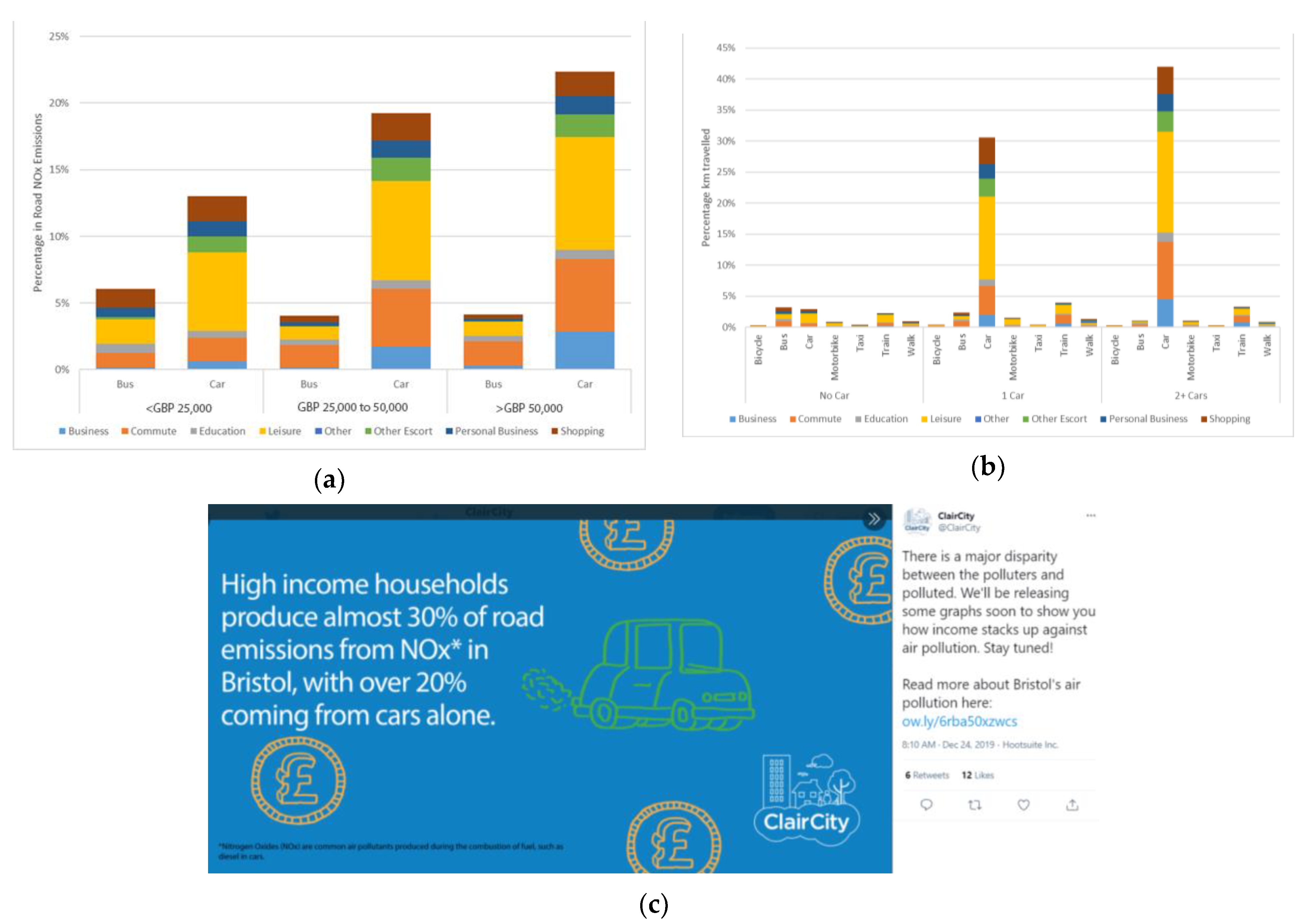
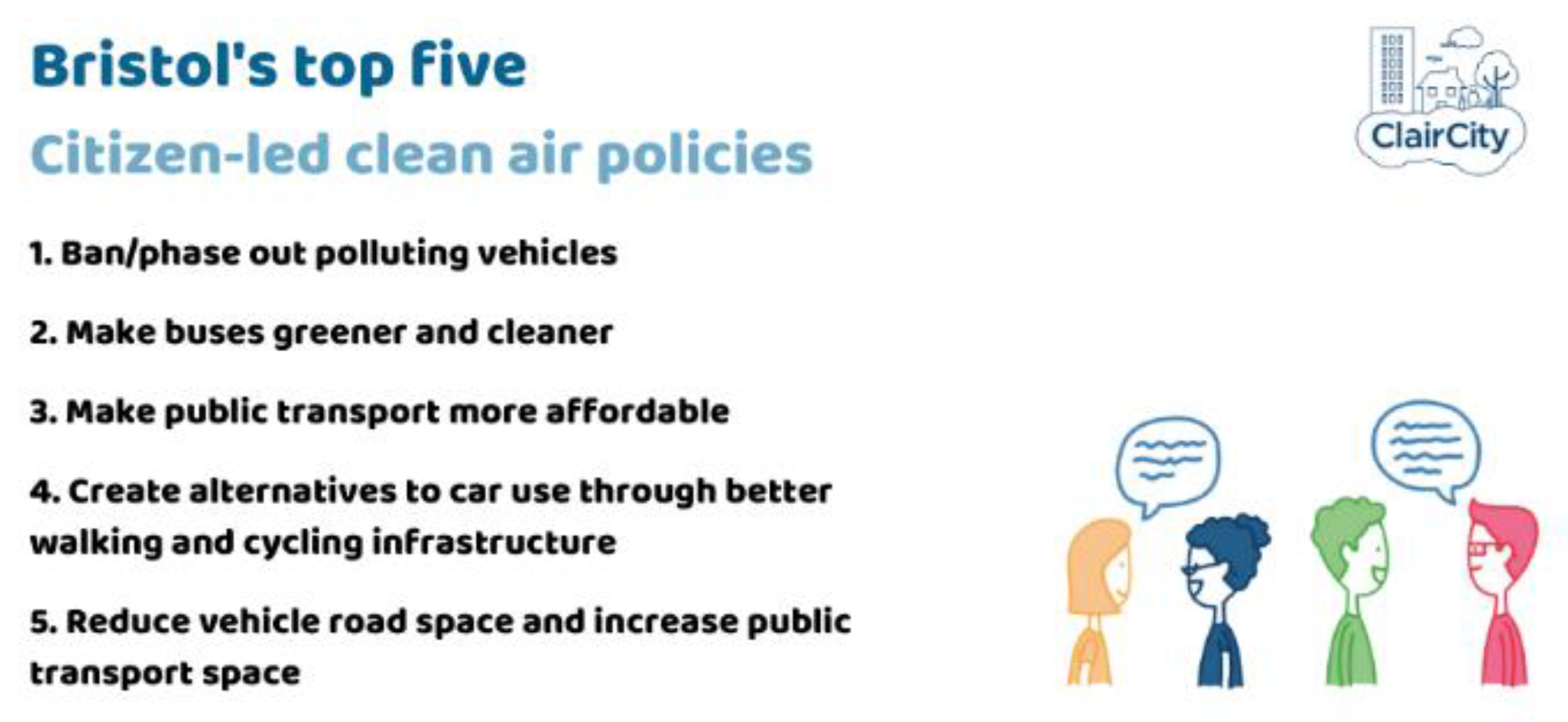
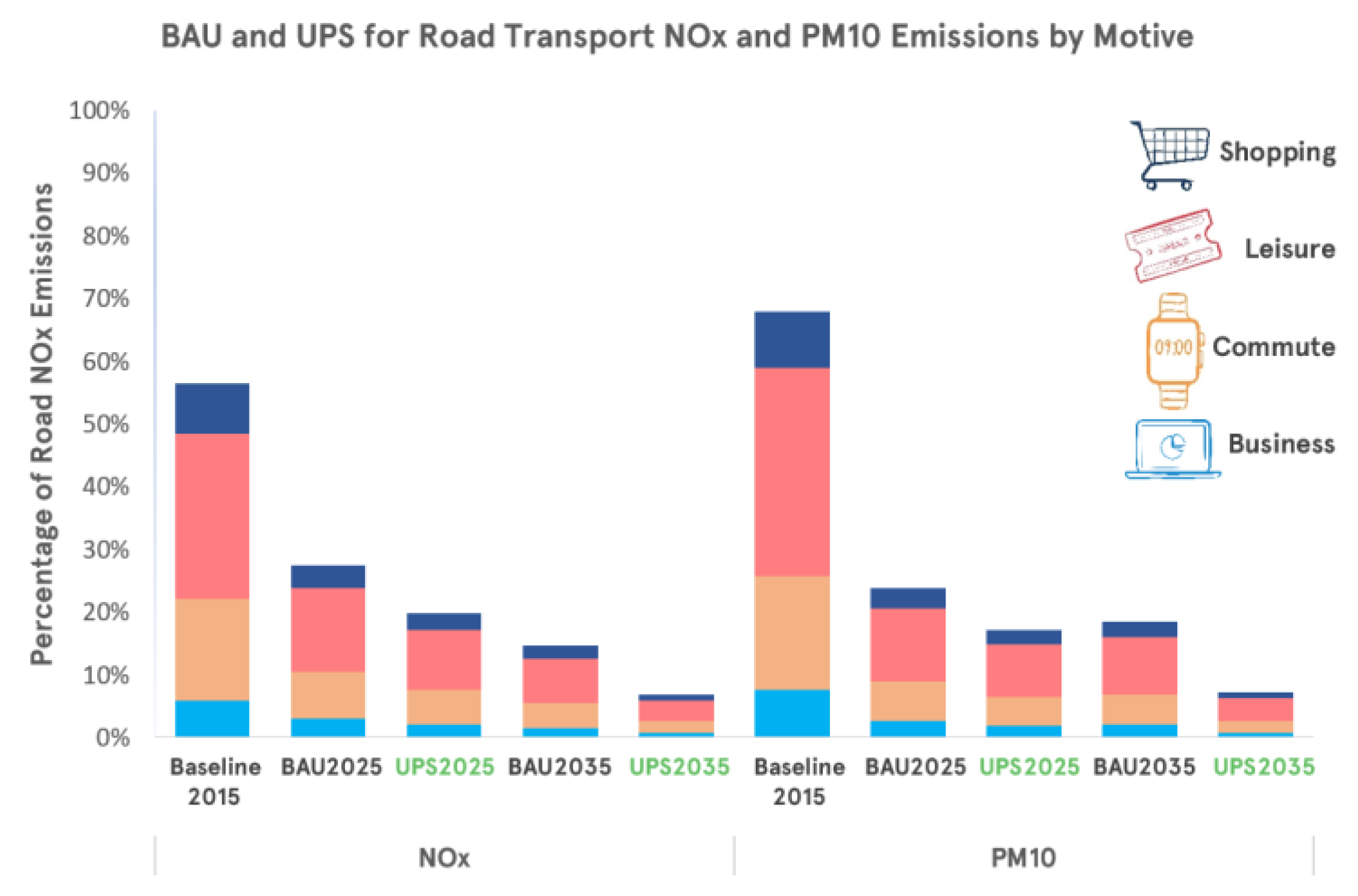
Publisher’s Note: MDPI stays neutral with regard to jurisdictional claims in published maps and institutional affiliations. |
© 2021 by the authors. Licensee MDPI, Basel, Switzerland. This article is an open access article distributed under the terms and conditions of the Creative Commons Attribution (CC BY) license (http://creativecommons.org/licenses/by/4.0/).
Share and Cite
Fogg-Rogers, L.; Hayes, E.; Vanherle, K.; Pápics, P.I.; Chatterton, T.; Barnes, J.; Slingerland, S.; Boushel, C.; Laggan, S.; Longhurst, J. Applying Social Learning to Climate Communications—Visualising ‘People Like Me’ in Air Pollution and Climate Change Data. Sustainability 2021, 13, 3406. https://doi.org/10.3390/su13063406
Fogg-Rogers L, Hayes E, Vanherle K, Pápics PI, Chatterton T, Barnes J, Slingerland S, Boushel C, Laggan S, Longhurst J. Applying Social Learning to Climate Communications—Visualising ‘People Like Me’ in Air Pollution and Climate Change Data. Sustainability. 2021; 13(6):3406. https://doi.org/10.3390/su13063406
Chicago/Turabian StyleFogg-Rogers, Laura, Enda Hayes, Kris Vanherle, Péter I. Pápics, Tim Chatterton, Jo Barnes, Stephan Slingerland, Corra Boushel, Sophie Laggan, and James Longhurst. 2021. "Applying Social Learning to Climate Communications—Visualising ‘People Like Me’ in Air Pollution and Climate Change Data" Sustainability 13, no. 6: 3406. https://doi.org/10.3390/su13063406
APA StyleFogg-Rogers, L., Hayes, E., Vanherle, K., Pápics, P. I., Chatterton, T., Barnes, J., Slingerland, S., Boushel, C., Laggan, S., & Longhurst, J. (2021). Applying Social Learning to Climate Communications—Visualising ‘People Like Me’ in Air Pollution and Climate Change Data. Sustainability, 13(6), 3406. https://doi.org/10.3390/su13063406







